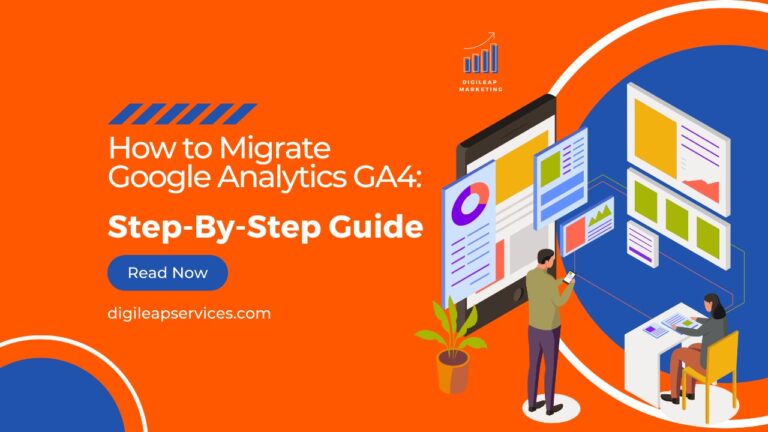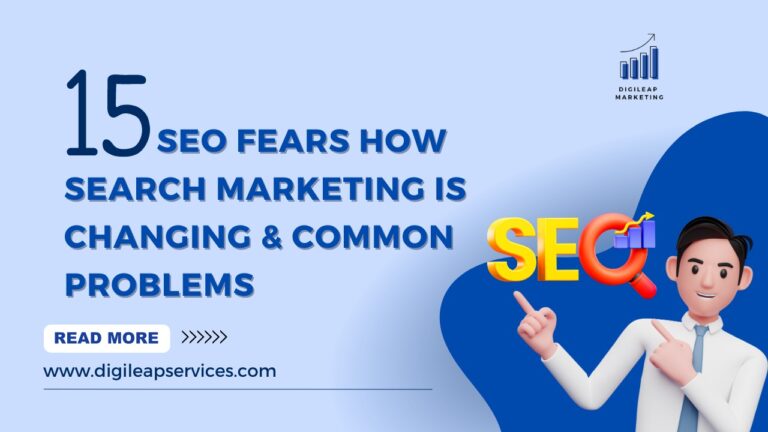SEO tips for fresh websites
SEO tips for fresh websites as when you are first starting out, it is best to think about SEO for your website. You can start things off right and save yourself from some trouble later. The world of SEO can be intimidating and overwhelming for many individuals and business owners. What appears to be a simple concept can, upon further investigation, become extremely involved and take years to master. Similarly, it can take some time for new websites to gain traction and establish themselves with good SEO practises. New search trends, changing industries, and frequent changes in technology and Google Core updates can make it difficult for new domains to gain a competitive advantage. SEO for new websites is an important marketing consideration because it is critical to get your site noticed quickly and to begin bringing in traffic as soon as possible.
Top SEO tips for boosting fresh websites are:
- Select your domain name carefully: – Domain names are one of the ranking factors that search engines use to determine what a page is about. It is ideal if you can choose a domain name that is relevant, easy to remember, and incorporates the main keyword you want to rank for.
- Choose a reputable web hosting provider: – Google has stated unequivocally that site speed is a ranking factor for SEO. Visitors are impatient and expect webpages to load in seconds (or less), so Google tries to deliver only results that meet that expectation.
- Perform Keyword Research: – Knowing how to conduct keyword research is an important part of SEO. To do many of the other things on this list effectively, you must first identify the main terms and subject areas on which you want to focus your SEO efforts.
- Plan out the architecture of your site: – If you are just getting started with a simple site with a few pages, this may not seem all that important right now. However, it is still a good idea to plan out your site architecture ahead of time so that you have a structure in place as you go.
- Prioritize intuitive navigation in your design: – Your site architecture is a good start in this direction, but it is only one component of making your website user-friendly for visitors. When designing your website, keep in mind what your customers will be thinking and doing on each page they visit. You want it to be simple for them to find what they are always looking for.
- Create a common, SEO-friendly URL structure: – The URL is one of the first places a search engine algorithm looks when determining what a web page is about. The URL is the primary web address for each page of your site. Every URL on your website begins with your primary domain name. That will be followed by additional characters unique to the page for each page.
- Site speed designing: – Along with your web hosting package and the plugins you use, your web design is only one factor in how fast your website will be. However, many decisions you make during the design stage can affect how quickly your site loads for visitors.
- Make use of responsive and mobile-friendly design: – People browsing the web on their mobile phones now account for more than half of all website visits. Whereas it used to be natural to assume that most of your visitors would be viewing your website on a full-size computer, most people who find you now do so on the small screen of a smartphone.
- Every page should have a visual hierarchy: – What people see when they arrive at a webpage on your site is determined by the size of their screen and browser window. In other words, many users will only see a portion of the entire page. When designing each page, consider what you want them to see in the first few seconds they are on the page.
- Concentrate on indexable content: – What people see when they arrive at a webpage on your site is determined by the size of their screen and browser window. In other words, many users will only see a portion of the entire page. When designing each page, consider what you want them to see in the first few seconds they are on the page.
- Target primary keywords for each page: – Your initial keyword research can help you get a general idea of the language you will be using when building your website, but it’s also a good idea to select a target keyword (or two) for each individual web page on your site.
- Optimize title tags: – The title tag is one of the parts of the website that Google looks at to determine what the page is about, so it is another good place to use your target keyword. Keep your title tag as short as possible – Google will only display 50-60 characters on the search engine results page, and even less will appear in the tab at the top of your browser.
- Optimize images: – Every image you use on a web page gives you a few more chances to optimise your page for your main keywords. When naming images for SEO, make sure to include the keyword you are targeting and update the alt text on the page as well.
These were top 13 SEO tips for fresh websites. Whatever path you take, it is critical that you make it a priority and take the long view to make progress. SEO takes time, and the sooner you begin, the better off you will be.












